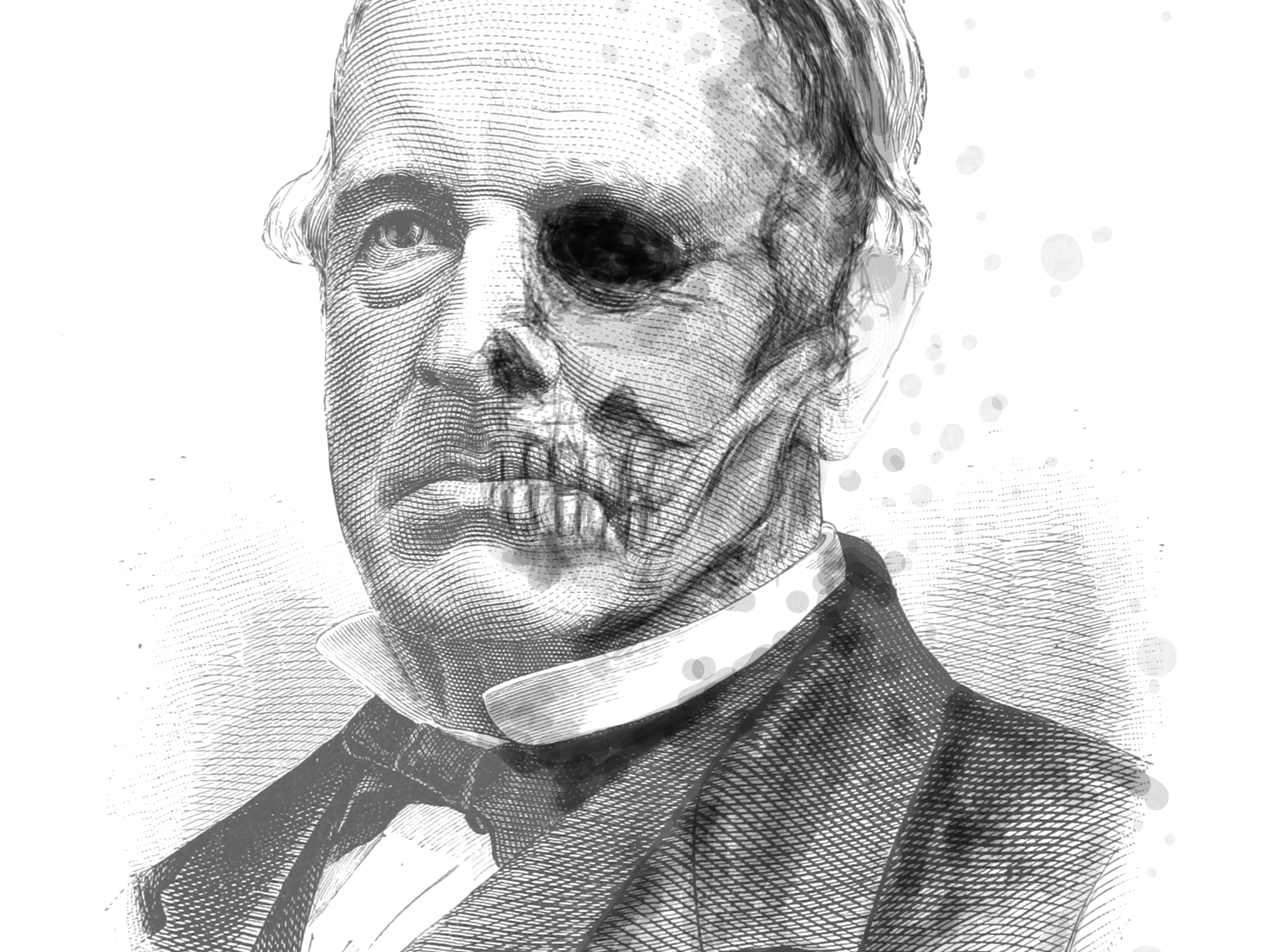The teams first worked alone to ensure no one would feel overwhelmed and would have their ideas heard.
An example using LinkedIn as the "feature" with a user card of a junior front-end developer looking for their first job after graduation.
This is a worksheet for the object "toothbrush" and a user persona: Pirate Queen Mary Deathstroke
User card: Potato farmer William O'donnell. (Will O'Donnell loves working on his potato farm, just like his father & grandfather before him. And just like his 10 sons will do in the future.)
Object card: A fork. (A regular fork for eating food.)
The results are being performed for the rest of the groups.
User card: Mark Bloomberg. (Mark studied English Literature in Oxford and makes his living (almost) from writing fancy stories on his online platform for the world to enjoy. A little known fact though - the Oxford University turned out to be an online clown school in Idaho. Hence, some more quality control is now needed before Mark can start his new life as a literary genius.)
Feature card: Spellcheck & Readability (QA). (Monsido spellcheck tool assures you will feel embarrassed in front of your high school English teacher.)









